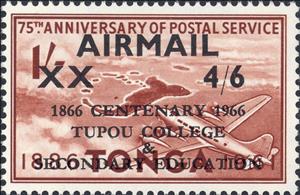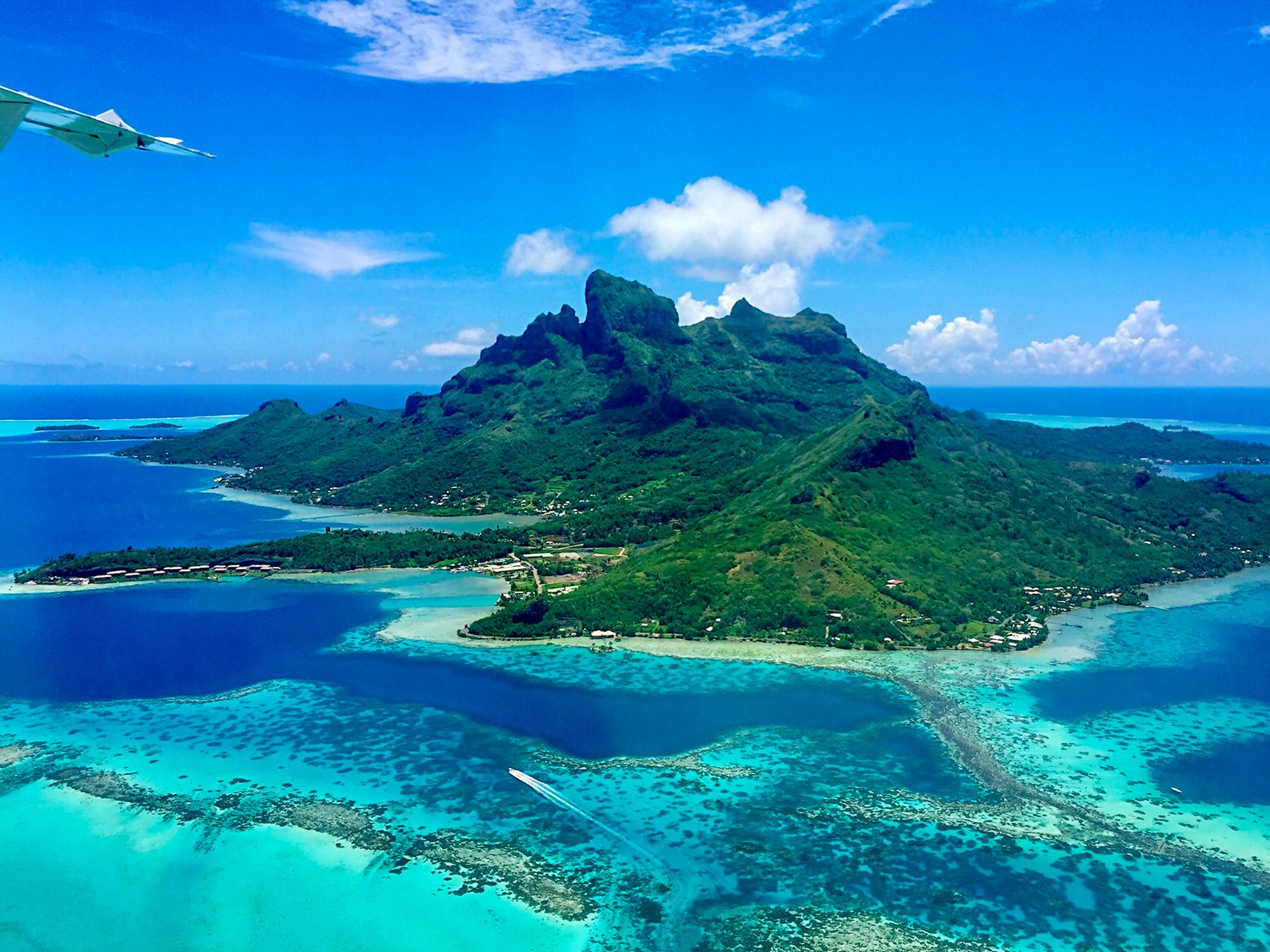Stamp: Plane over Tongatabu (4sh6p) (Tonga 1966)
Plane over Tongatabu (4sh6p) (Tonga 1966)
18 June (Tonga ) within release Cent. of Tupou College and of secondary education goes into circulation Stamp Plane over Tongatabu (4sh6p) face value 4.60 Tongan shilling
| Stamp Plane over Tongatabu (4sh6p) in catalogues | |
|---|---|
| Michel: | Mi:TO 172 |
| Stamp Number: | Sn:TO C21 |
Stamp is horizontal format.
1sh stamp of 1961 overprint, surcharge is spaced differently on other valuesAlso in the issue Cent. of Tupou College and of secondary education:
- Stamp - Diesel-driven ship Aoniu face value 5;
- Stamp - King George I on 1p Stamp of 1886 face value 10;
- Stamp - Plane over Tongatabu (1sh) face value 1;
- Stamp - Whaling Ship and Longboat face value 2.90;
- Stamp - Diesel-driven ship Aoniu (3sh6p) face value 3.60;
- Stamp - Plane over Tongatabu (4sh6p) face value 4.60;
Stamp Plane over Tongatabu (4sh6p) it reflects the thematic directions:
An island or isle is a piece of land, distinct from a continent, completely surrounded by water. There are continental islands, which were formed by being split from a continent by plate tectonics, and oceanic islands, which have never been part of a continent. Oceanic islands can be formed from volcanic activity, grow into atolls from coral reefs, and form from sediment along shorelines, creating barrier islands. River islands can also form from sediment and debris in rivers. Artificial islands are those made by humans, including small rocky outcroppings built out of lagoons and large-scale land reclamation projects used for development.
In meteorology, a cloud is an aerosol consisting of a visible mass of miniature liquid droplets, frozen crystals, or other particles suspended in the atmosphere of a planetary body or similar space. Water or various other chemicals may compose the droplets and crystals. On Earth, clouds are formed as a result of saturation of the air when it is cooled to its dew point, or when it gains sufficient moisture (usually in the form of water vapor) from an adjacent source to raise the dew point to the ambient temperature.
An aircraft is a machine that is able to fly by gaining support from the air. It counters the force of gravity by using either static lift or by using the dynamic lift of an airfoil, or in a few cases the downward thrust from jet engines. The human activity that surrounds aircraft is called aviation. Crewed aircraft are flown by an onboard pilot, but unmanned aerial vehicles may be remotely controlled or self-controlled by onboard computers. Aircraft may be classified by different criteria, such as lift type, aircraft propulsion, usage and others.



